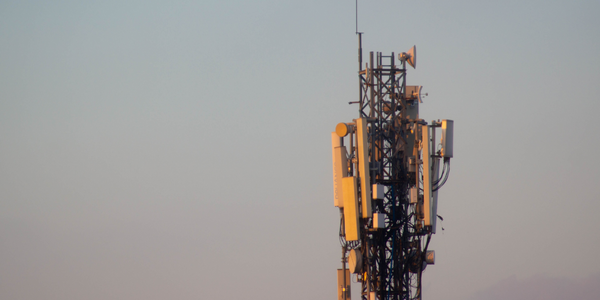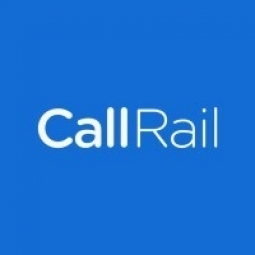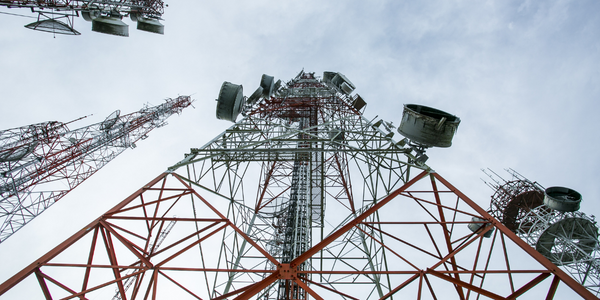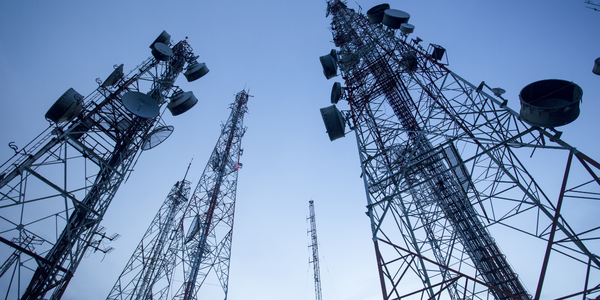Technology Category
- Cybersecurity & Privacy - Identity & Authentication Management
Applicable Industries
- Cement
- Telecommunications
Applicable Functions
- Quality Assurance
- Sales & Marketing
Use Cases
- Visual Quality Detection
Services
- Testing & Certification
About The Customer
Brand Ranch Media is a marketing agency based in Texas that operates with a commitment to transparency and accountability. The agency believes in spending client marketing dollars as if they were their own and uses advanced tools to prove their commitment to their clients. They aim to provide their clients with immediate insights from customer calls and prospects, optimize ad spend, and improve the quality of customer service. The agency serves a variety of clients, including those using CRMs and those in industries where real-time visibility into call handling is crucial, such as home service businesses.
The Challenge
Brand Ranch Media, a Texas-based marketing agency, was committed to providing transparent and accountable services to its clients. The agency was keen on proving its return on investment (ROI) to clients and optimizing ad spend. However, the challenge was to accurately track the source of leads and phone calls, identify trends, and reallocate funds from inefficient parts of the media mix to those yielding better returns. The agency also wanted to provide its clients with immediate access to insights from customer calls and prospects, which was a time-consuming process. Furthermore, they aimed to improve the quality of their client's customer service and frontline teams without having to manually listen to every call.
The Solution
Brand Ranch Media adopted CallRail Call Tracking and Conversation Intelligence, AI-powered tools, to address their challenges. CallRail Call Tracking allowed the agency to fine-tune where ad dollars were spent by identifying the source of phone calls and leads. On the other hand, Conversation Intelligence used AI to process call transcripts and mark them as qualified or unqualified. The results were then used to prioritize lead follow-up and automatically optimize each client’s ad spend. The tool also provided insights into the tone and quality of the conversation immediately after a call ended, enabling the agency to identify areas of improvement. The Premium Conversation Intelligence features provided call summaries and automatically categorized conversations as positive, negative, or neutral. This AI-driven approach enabled the agency to offer real-time visibility into call handling and coach reps on the spot, thereby improving customer service.
Operational Impact
Quantitative Benefit

Case Study missing?
Start adding your own!
Register with your work email and create a new case study profile for your business.
Related Case Studies.

Case Study
System 800xA at Indian Cement Plants
Chettinad Cement recognized that further efficiencies could be achieved in its cement manufacturing process. It looked to investing in comprehensive operational and control technologies to manage and derive productivity and energy efficiency gains from the assets on Line 2, their second plant in India.

Case Study
Vodafone Hosted On AWS
Vodafone found that traffic for the applications peak during the four-month period when the international cricket season is at its height in Australia. During the 2011/2012 cricket season, 700,000 consumers downloaded the Cricket Live Australia application. Vodafone needed to be able to meet customer demand, but didn’t want to invest in additional resources that would be underutilized during cricket’s off-season.

Case Study
SKT, Construction of Smart Office Environment
SK T-Tower is the headquarters of SK Telecom. Inside the building, different types of mobile devices, such as laptops, smartphones and tablets, are in use, and with the increase in WLAN traffic and the use of quality multimedia data, the volume of wireless data sees an explosive growth. Users want limitless Internet access in various places in addition to designated areas.










